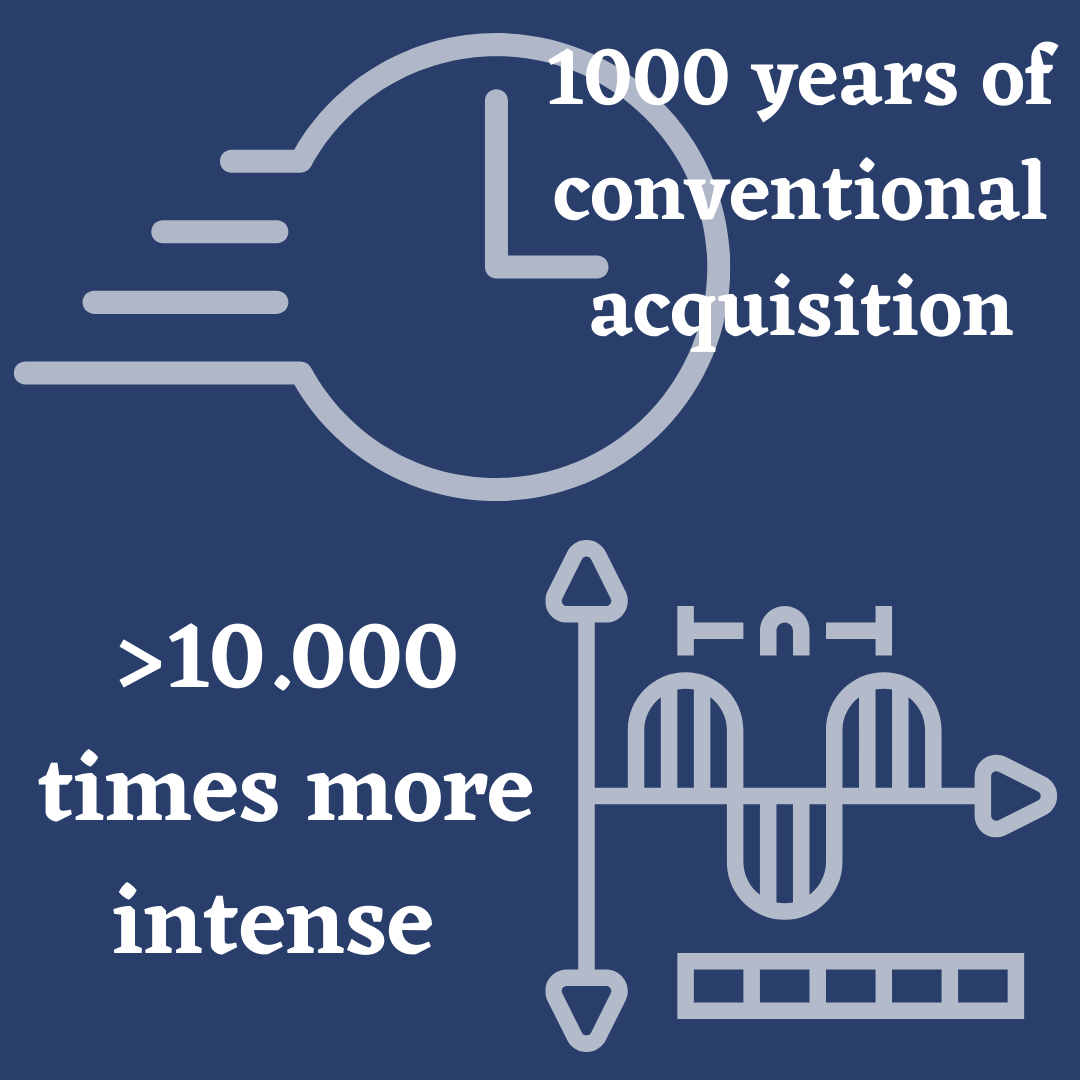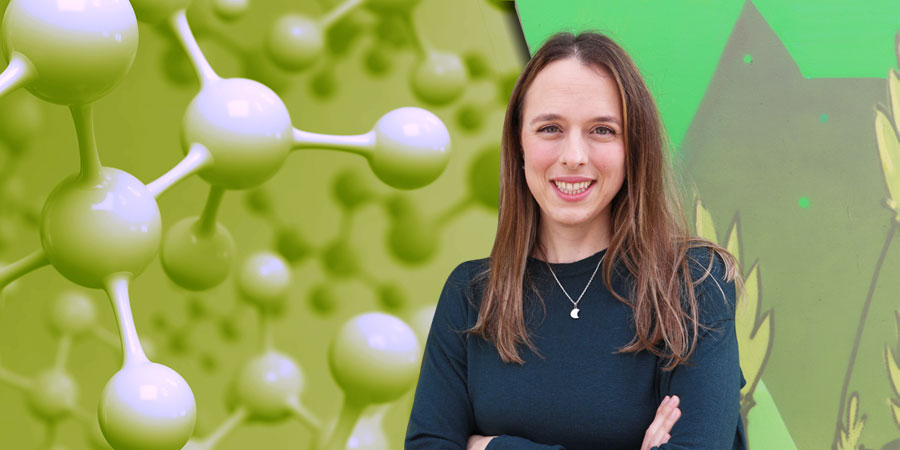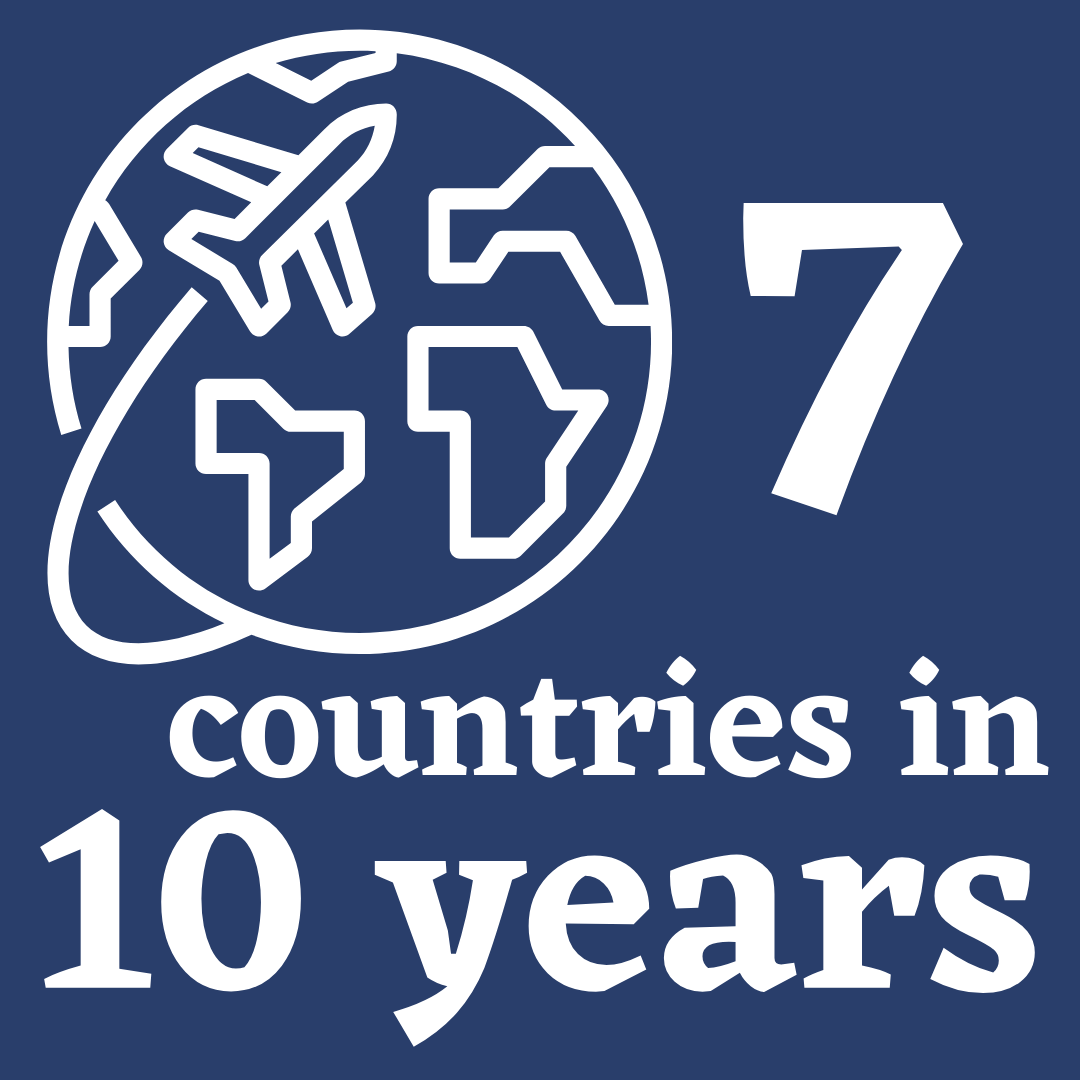Irene Marco joined IBEC a few years ago, in October 2018 as a postdoctoral scientist in the Biosensors for bioengineering lab. Now, two years and a half later, she is the new Junior group leader at IBEC.
When she was just a girl, she was fascinated about the universe and its mysteries, and in fact, she wanted to become an astrophysicist. Following her instincts, she studied physics and she could experiment in first-hand the limitations of the medicine as we know it. That is when she changed her mind, she thought ¿why devote my life to study the universe when I can have a larger impact on the lives of the people I love, here, on the Earth?
At that point, she re-oriented her studies and focused on medical physics. One thing led to another, and she ended up learning about molecular imaging, biochemistry and how these disciplines can complement other techniques to help understanding disease and each patient’s response to therapy.
Irene has lived 10 years abroad, almost a 30% of her life! She is the perfect definition of a globetrotter! She has worked as a researcher in 7 different countries during these ten years, and just before starting her thesis, she decided to travel all around the world for 48 days!
She remembers that when she was doing her PhD in Biochemistry at Cambridge, she was the only physicist of the group, and she loved the challenge to explain physical concepts to the other members. The interaction between all the research fields is very important and she can proudly say that her research line today, relies on this multidisciplinary, and the crosstalk between different scientific fields.
 Now, she is the new junior group leader at IBEC, her brand-new group is called: Molecular imaging for precision medicine. Their aim is to detect, identify and validate biomarkers of disease. Principally, they focus on developing molecular imaging tools to identify abnormalities of cell metabolism in human disease and predict treatment efficacy.
Now, she is the new junior group leader at IBEC, her brand-new group is called: Molecular imaging for precision medicine. Their aim is to detect, identify and validate biomarkers of disease. Principally, they focus on developing molecular imaging tools to identify abnormalities of cell metabolism in human disease and predict treatment efficacy.
In particular, she studies cellular metabolism using Nuclear Magnetic Resonance (NMR) techniques. For that, she uses benchtop NMR spectrometers, that are small machines that can fit on a table, and large NMR spectrometers and Magnetic Resonance Imaging (MRI) scanners.
What is more, in her lab they use a very special NMR technique called “hyperpolarization-enhanced (HP-NMR)”, don’t worry if you didn’t understand a word. But the thing is, that this technique achieves signals that are 10.000 times more intense than those produced by conventional NMR techniques. Moreover, the HP-NMR opens the possibility to perform observations that otherwise would have been incredibly slow, just a single HP-NMR acquisition can provide higher signal than a thousand years of conventional acquisition!
So, in other words, this technique is like a superhero: incredibly fast and astonishingly powerful! But how does this help her for their research line? Well, they can now see molecular processes in real time, in-situ, and non-invasively in a wide range of biological systems.
One of Irene’s hidden passions is poetry (but don’t tell anyone). She used to write poetry as a means of relaxation, but no one was allowed to read it. In fact, if you ask her, she will deny it outright. But maybe this helped her to write amazing papers, grants and project proposals, nobody explains scientific concepts in such an elegant way 😉
Leaving poetry behind, she loves baking, especially if it is something that contains chocolate. Everything looks and tastes better with chocolate, and that is an undeniable scientific fact.
So, we want to take this opportunity to congratulate Irene on this new adventure as a group leader, we are sure we will soon see the fruits of their research!




